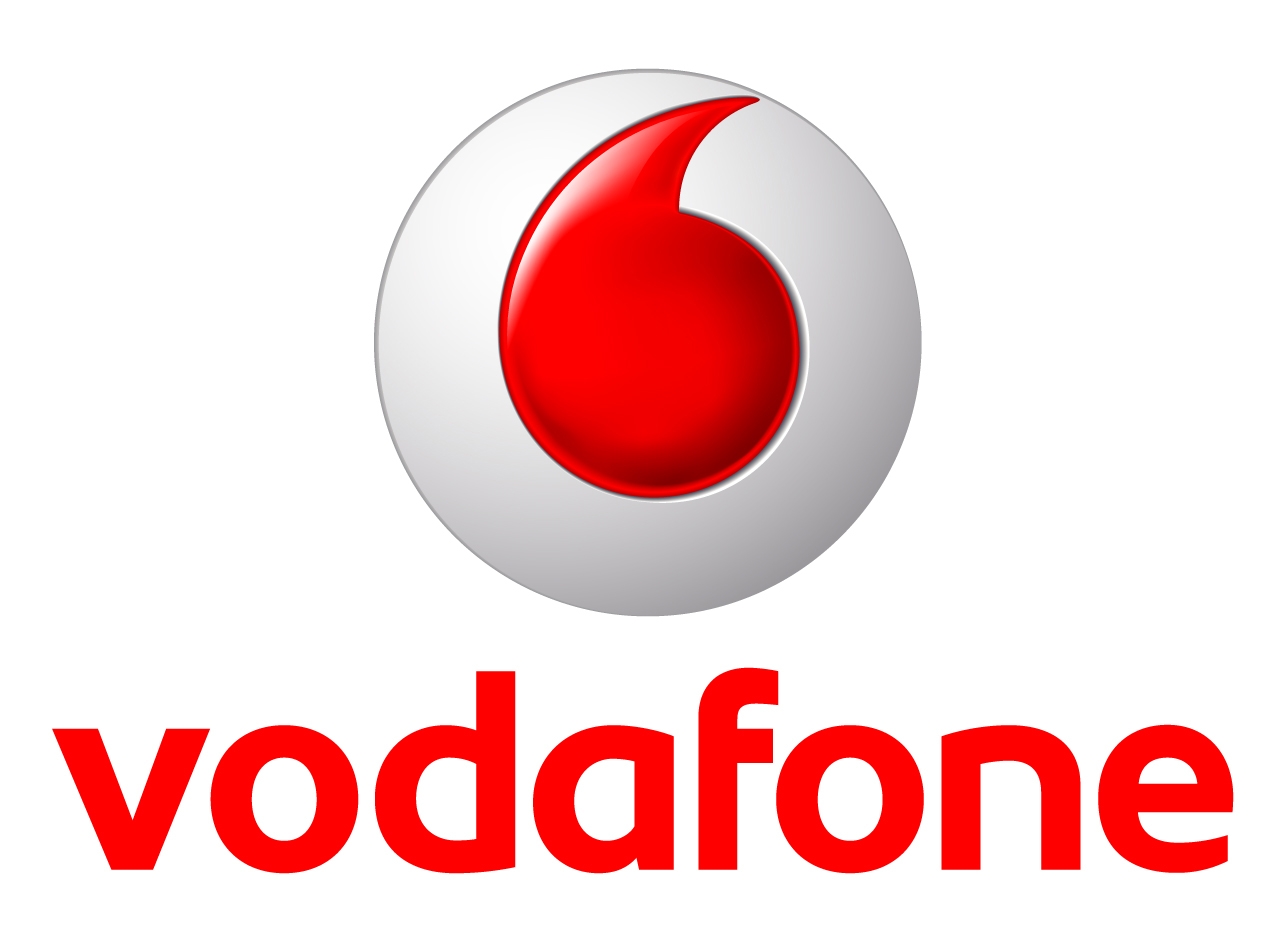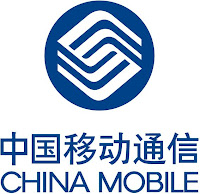 There have been press reports (in German) according to which Vodafone is pondering an acquisition of T-Mobile UK. The reporting paper, FAZ, is not only fairly conservative but also the most prestigious German newspaper, so there would appear to be some substance in this.
There have been press reports (in German) according to which Vodafone is pondering an acquisition of T-Mobile UK. The reporting paper, FAZ, is not only fairly conservative but also the most prestigious German newspaper, so there would appear to be some substance in this.
The paper reports that the board of Deutsche Telekom, the owner of T-Mobile, was facing increasingly critical sentiment on its UK investment: they are said to have sunk a painful £13bn into the UK arm since their acqusition in 1999. Investment bank Sal Oppenheim’s estimated sales price of €4.5bn would at least ease some of that pain.
The UK market is hotly contested and one where a lot of the lar ge international conglomerates are represented, namely with Vodafone, Telefonica/O2, France Telecom/Orange and Hutchison Whampoa’s 3. The strong competition would also appear to ease concerns of merger control restrictions (Vodafone would become a clear market leader in the UK): they could argue quite reasonably that there was more than capable competition in the market besides their acquisition.
ge international conglomerates are represented, namely with Vodafone, Telefonica/O2, France Telecom/Orange and Hutchison Whampoa’s 3. The strong competition would also appear to ease concerns of merger control restrictions (Vodafone would become a clear market leader in the UK): they could argue quite reasonably that there was more than capable competition in the market besides their acquisition.
Vodafone CEO Colao is apparently interested in acquisitions. T-Mobile suggested though that it is very early stage. Stay tuned…








